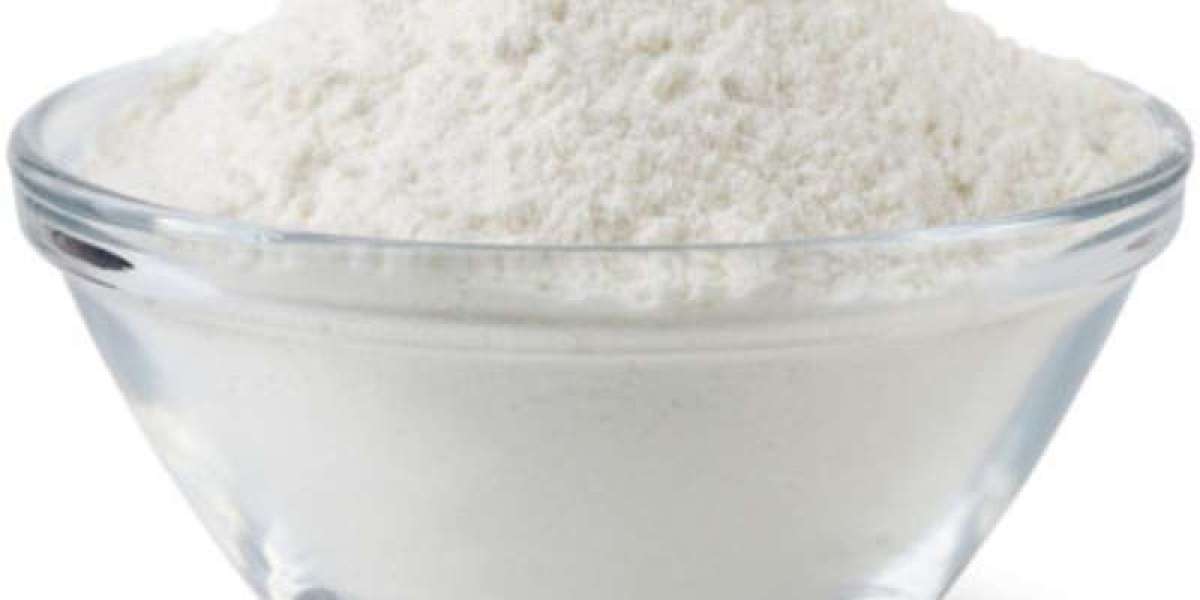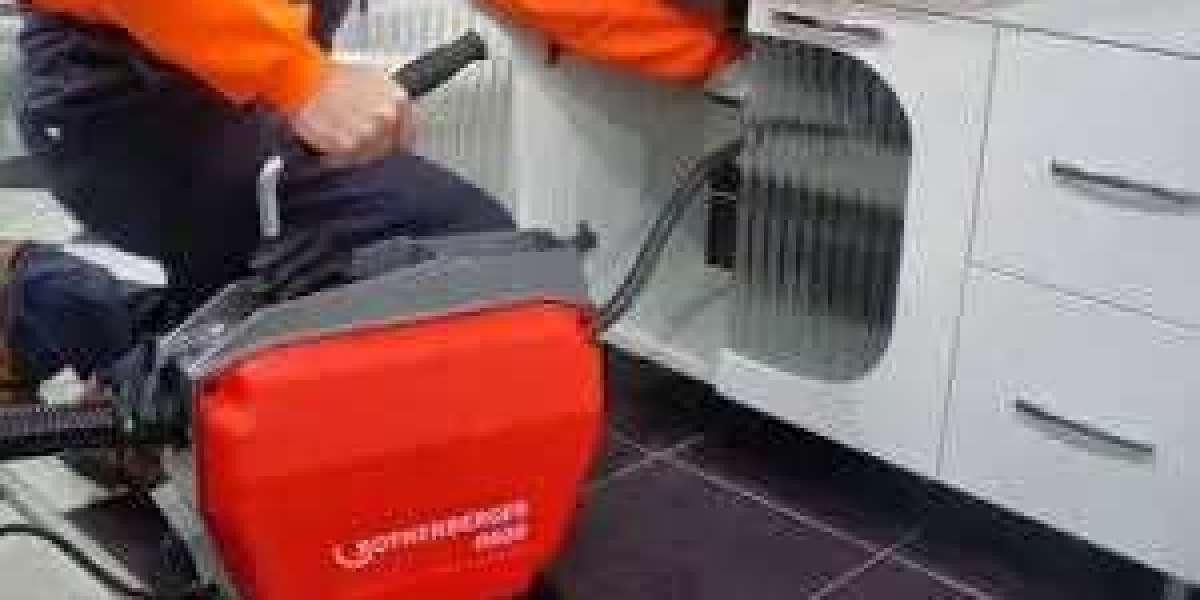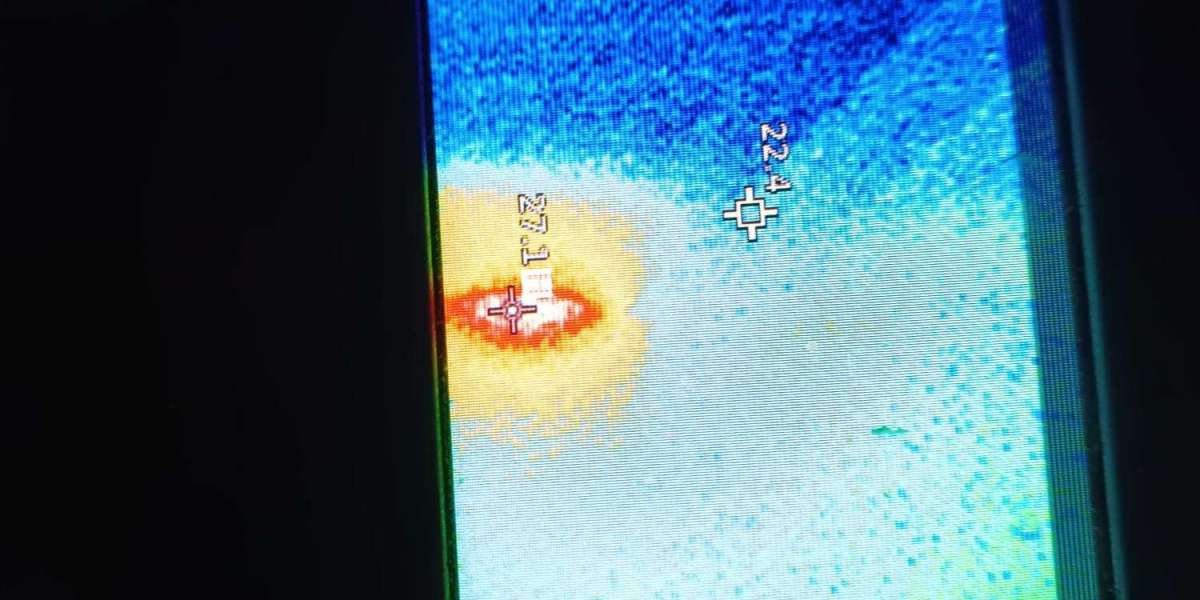Handling chemical products safely requires a proactive, step-by-step approach tailored to the type of chemical (e.g., toxic, flammable, corrosive) and the context of use (e.g., industrial facilities, labs, home). These measures aim to prevent exposure, spills, fires, or reactions that harm humans, property, or the environment. Below is a detailed breakdown of core safety practices, organized by key stages of handling:
1. Pre-Handling: Prepare & Inform Yourself
Before interacting with any chemical, gather critical information to assess risks and plan precautions. This is the foundation of safe handling—never skip this step.
- Read the Safety Data Sheet (SDS) and Labels:
- The SDS (required by GHS globally) provides comprehensive details: hazard identification (e.g., "toxic if inhaled"), first-aid measures, safe storage/handling instructions, and emergency procedures. Review sections 1–4 (Identification, Hazards, Composition, First Aid) first for immediate risks.
- Labels (GHS-compliant) use standardized symbols (e.g., a skull-and-crossbones for acute toxicity, a flame for flammability), signal words ("Danger" for severe risks, "Warning" for moderate), and brief safety notes (e.g., "Wear eye protection"). Never use a chemical with a missing or unreadable label.
- Identify Compatibility:
- Check if the chemical reacts dangerously with other substances (e.g., acids + bases = violent reactions; flammables + oxidizers = fire risk). Use compatibility charts (often included in SDS or lab safety guides) to avoid mixing incompatible chemicals. For example:
- Do not store bleach (sodium hypochlorite) near ammonia-based cleaners (releases toxic chloramine gas).
- Do not use metal containers for strong acids (e.g., sulfuric acid corrodes metal, causing leaks).
- Check if the chemical reacts dangerously with other substances (e.g., acids + bases = violent reactions; flammables + oxidizers = fire risk). Use compatibility charts (often included in SDS or lab safety guides) to avoid mixing incompatible chemicals. For example:
- Prepare Personal Protective Equipment (PPE):
- Select PPE based on the chemical’s hazards—wear it before handling begins, not just when "needed." Common PPE includes:
- Eye/Face Protection: Safety goggles (for splashes of corrosive/toxic chemicals) or face shields (for high-risk tasks like pouring concentrated acids).
- Skin Protection: Chemical-resistant gloves (nitrile for oils/solvents, neoprene for acids/bases—avoid latex, which is permeable to many chemicals), acid-resistant aprons (for corrosives), and coveralls (for large-scale handling).
- Respiratory Protection: N95 masks (for dusts/powders), respirators with chemical cartridges (for volatile gases like benzene), or supplied-air respirators (for high-concentration toxic fumes).
- Select PPE based on the chemical’s hazards—wear it before handling begins, not just when "needed." Common PPE includes:
- Inspect Equipment & Workspace:
- Check containers, tools, and storage areas for damage: Ensure bottles have intact caps, hoses are not cracked, and fume hoods (used for volatile chemicals) are functioning (test airflow with a tissue— it should be pulled into the hood).
- Clear the workspace of clutter (e.g., food, drinks, personal items) to avoid cross-contamination or tripping hazards. Never eat, drink, or smoke near chemicals— ingestion/inhaling residues can cause poisoning.
2. During Handling: Minimize Exposure & Risks
Follow strict protocols while using chemicals to prevent spills, leaks, or accidental contact. Focus on controlling the chemical’s flow and limiting your interaction with it.
- Use Proper Handling Techniques:
- Pouring: Tilt containers slowly, and use a funnel for narrow-necked bottles to avoid splashes. For large or heavy containers (e.g., 20L drums), use mechanical lifts (not manual carrying) to prevent strains or drops.
- Transferring: Use closed systems (e.g., pipettes with bulbs, sealed hoses) instead of open pouring for toxic or volatile chemicals. Avoid "topping off" containers— leave space to prevent pressure buildup (e.g., for liquids that expand when heated).
- Powders/Dusts: Handle in a fume hood or enclosed area to avoid inhalation. Use a scoop (not your hands) and avoid shaking containers— tap gently to release powder.
- Control Volatility & Dispersion:
- For flammable chemicals (e.g., acetone, ethanol), keep them away from ignition sources (open flames, hot surfaces, electrical sparks— including cell phones). Use explosion-proof equipment (e.g., fans, lights) in areas where flammables are used.
- For toxic gases (e.g., chlorine, ammonia), use them only in well-ventilated spaces or fume hoods. Monitor air quality with gas detectors (set to alarm at safe threshold levels).
- Avoid Contamination:
- Never return unused chemicals to their original containers— this risks contaminating the entire batch (e.g., adding water to a solvent can make it unstable). Dispose of unused amounts per local waste rules.
- Do not reuse tools (e.g., pipettes, scoops) between different chemicals without thorough cleaning (use a solvent compatible with both chemicals— e.g., acetone for oils, water for water-soluble compounds).
3. Storage: Secure Chemicals to Prevent Accidents
Improper storage is a top cause of chemical spills, fires, or reactions. Store chemicals based on their hazards, and organize storage areas for easy access and safety.
- Categorize by Hazard:
- Separate chemicals into groups to avoid incompatible mixes:
- Flammables: Store in a cool, well-ventilated, fire-resistant cabinet (labeled "Flammables")— keep away from oxidizers and heat sources.
- Corrosives: Use acid-resistant cabinets (for acids) or plastic bins (for bases) to contain leaks. Store below eye level to avoid splashes to the face.
- Toxics: Lock in a dedicated, ventilated cabinet— limit access to trained personnel only.
- Oxidizers: Store separately from flammables and organics (e.g., paper, oil)— they can accelerate fires.
- Separate chemicals into groups to avoid incompatible mixes:
- Follow Storage Conditions:
- Adhere to temperature/humidity guidelines (e.g., store pharmaceuticals in a cool, dry place; keep liquid nitrogen in insulated dewars). Avoid storing chemicals near windows (sunlight can degrade them) or heating/cooling vents.
- Stack containers safely: Heavy containers on lower shelves, lighter ones on top. Do not stack higher than eye level— use shelving with lips to prevent tipping.
- Label Storage Areas:
- Mark cabinets/rooms with clear signs (e.g., "Corrosive Chemicals— Eye Protection Required") and emergency contact information. Keep an inventory list of stored chemicals (updated regularly) to track expiration dates and hazards.
4. Post-Handling: Clean Up & Dispose Safely
Proper cleanup and disposal prevent residual risks (e.g., skin contact with leftover chemicals, environmental contamination).
- Clean Workspaces & Equipment:
- Wipe down surfaces with a compatible cleaner immediately after use (e.g., use baking soda to neutralize acid spills, water for water-soluble chemicals). Avoid using paper towels for corrosives— use absorbent, chemical-resistant pads.
- Clean PPE before removing it: For gloves, wash with soap and water (or solvent) and dry before taking off. Launder reusable PPE (e.g., aprons) separately from regular clothes.
- Dispose of Waste Correctly:
- Never pour chemical products down drains, toilets, or trash unless explicitly allowed by local regulations. For example:
- Hazardous waste (e.g., toxic solvents, heavy metals like lead) must be collected in labeled, sealed containers and disposed of via licensed waste management companies.
- Non-hazardous waste (e.g., dilute salt solutions) may be poured down drains— but check the SDS first.
- Segregate waste by type (e.g., liquid vs. solid, organic vs. inorganic) to avoid reactions during disposal.
- Never pour chemical products down drains, toilets, or trash unless explicitly allowed by local regulations. For example:
5. Emergency Response: Act Fast to Mitigate Harm
Even with precautions, accidents (spills, exposure, fires) can happen. Know how to respond quickly and safely—do not panic.
- Spill Response:
- For small spills (e.g., a few milliliters of non-toxic liquid): Use absorbent materials (e.g., kitty litter for oils, vermiculite for acids) to contain it. Scoop up the waste and place in a labeled hazardous waste container.
- For large or hazardous spills (e.g., corrosives, flammables): Evacuate the area, alert others, and activate emergency protocols (e.g., pull fire alarms, call emergency services). Do not attempt to clean up unless trained— let professionals handle it.
- Exposure First Aid:
- Skin Contact: Remove contaminated clothing and rinse the area with cold water for 15–20 minutes. Do not use soap if the chemical is corrosive (it may worsen irritation).
- Eye Contact: Flush eyes with a saline solution or clean water for 15 minutes (hold eyelids open). Seek medical help immediately— even if no pain is felt (some chemicals cause delayed damage).
- Inhalation: Move to fresh air and sit upright (to open airways). If breathing is difficult, administer oxygen (if trained) and call for help.
- Ingestion: Do not induce vomiting (some chemical products cause more damage when regurgitated). Drink small amounts of water (if the chemical is not corrosive) and carry the SDS to the hospital.
- Fire Response:
- Use the correct fire extinguisher:
- Class A (for solids like paper/wood): Water or ABC extinguishers.
- Class B (for flammable liquids): CO₂ or dry chemical extinguishers (never use water— it spreads the fire).
- Class C (for electrical fires): CO₂ or dry chemical extinguishers (turn off power first if safe).
- If the fire is uncontrollable, evacuate immediately and close doors to contain it.
- Use the correct fire extinguisher:
6. Training & Accountability
Safety measures are only effective if users are trained and committed.
- Mandatory Training:
- All personnel handling chemical products (even in homes/labs) should complete training on: SDS interpretation, PPE use, hazard identification, and emergency response. Refresh training annually (or after a new chemical is introduced).
- Document & Review:
- Keep records of training, chemical inventories, and accidents. Conduct regular safety audits (e.g., monthly checks of storage areas, quarterly spill drills) to identify gaps (e.g., expired PPE, missing SDS).
Key Takeaway
Safe chemical handling is a culture of preparedness: Always prioritize information (read SDS/labels), minimize exposure (use PPE, control flow), and plan for emergencies. Whether in an industrial plant, a lab, or a home (e.g., using cleaning products), these measures reduce risks and protect everyone involved. Remember: When in doubt, stop and seek guidance— never take shortcuts with chemical safety.








